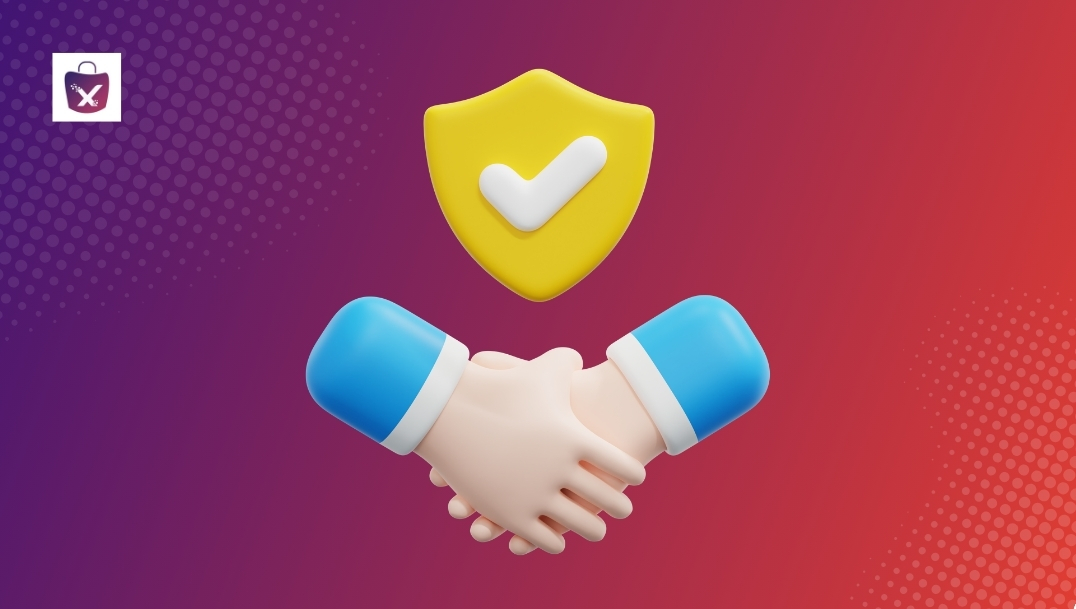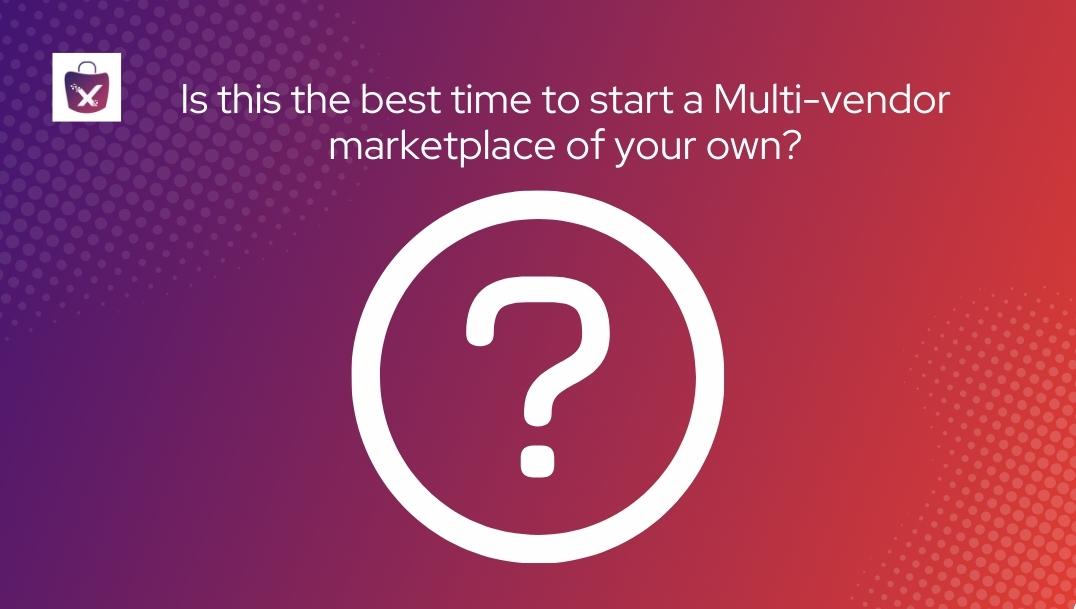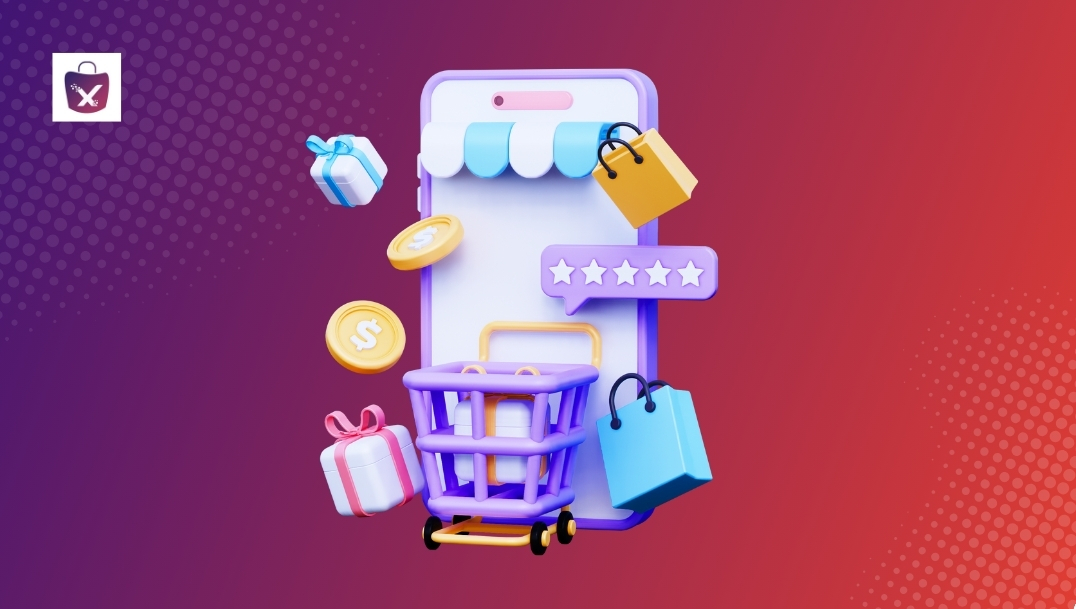Ecommerce penetration is growing progressively and at an ever increasing pace. More than 85% of the world’s population with access to the internet is already shopping online. The average global spending amounts to as much as 22% of disposable income across the board. B2C ecommerce sales in the United States alone totaled a record $304.19 billion in 2014, a year over year increase of 15.4%. Although the figures for 2015 aren’t in yet, there is more than a good chance that the trend has continued and will see us through this year as well.
Given the figures, it is pretty obvious that ecommerce is making big waves in both evolved economies and emergent markets. Since a degree of saturation is expected at some point in the future, the only way to keep bolstering sales and increase turnover is to continually improve and innovate how we manage customers, their expectations, needs and wants.
In one of our previous discussions we talked at length about consumer insights which can enable us to deliver a better shopping experience which can add overall value by retaining customers and attracting new ones. However, some of the points we touched on require a more in-depth analysis, one such subject being the idea of trust. Developing a reliable relationship with your consumer base and nurturing it further is no easy task but it’s always a good idea to share notes.
The Psychology of Trust
Let’s begin with the basics – What exactly is trust?
Trust stems from the expectation that one partner in any transaction will behave in a certain, reliable and predictable way. A trusting relationship is developed when one partner is convinced that the other is concerned with his or her needs and also feels a sense of confidence about the reliability of the relationship. However, as is the case with any form of psychological development, the innate ability to trust or distrust grows out of experiences in the initial stages of the relationship. Thus, faith forms a core component in a relationship of trust and in case that faith is not rewarded, there is a loss of trust which is a harmful thing.
Taking cues from how trust functions in interpersonal relationships, we can apply the same logic to how trust functions in the case of customer-marketplace relationships. A marketplace that wants to win the trust of customers must therefore be reliable, consistent and must be able to communicate that they genuinely care about their patrons. However, this is not particularly an easy task. Since there is no physical interaction with our customers, we rarely get to share traditional dialogue, build a personal rapport or shake their hand. Therefore, in case of marketplaces and ecommerce on the whole, trust must be perceived and interpreted by the customer. Trust must then be demonstrated through signs and behavior and across multiple platforms like your website and your help desk.
By deconstructing the psychology of trust, we have come across a few key points, which are:
- Consistent, reliable and predictable behavior is necessary for trust.
- Initial experiences are formative in nature and will influence future behavior.
- Customers must be able to interpret and perceive trustworthiness without direct interaction.
- Trust must be demonstrated across the board and through every channel of interaction.
Why exactly is trust a key factor for the success of an online marketplace? The answer is simple –
67% of consumers trust a purchase on a familiar online marketplace even if the retailer selling the product is unfamiliar to them. In case customers have had a satisfactory experience, 54% will return to buy from the same marketplace again ; and trust is a key part of this experience.
Insulate and Insure
Increasing your buyer’s trust in your platform is the ultimate goal. Now given how things are set up, it is not possible to fully control seller and buyer behavior completely. Therefore, the best possible root for securing a buyer’s trust is by insulating him or her from having to directly trust the seller – in this case, with the money. An escrow service is a great way to secure both parties against each other. With the money in an escrow which the marketplace controls, you will have the ability to withholding funds till the customer is satisfied with the goods or service.
On the other end, you can also protect your sellers against returns fraud by ensuring that the escrow is released only after your seller has confirmed the authenticity of the returned goods. Such a system lends instant credibility to new sellers who would have had an otherwise tougher time attracting buyers and would thereby ensure a low barrier for entry into the marketplace. As a positive side effect, it keeps the competition in the marketplace dynamic.
A Seal of Trust
We have already discussed how trust in the case of online shopping and marketplaces as a whole hinge on how well your customers are able to interpret and perceive that your site is a safe place to shop. One of the ways to achieve that is by using trust seals.
Now, what exactly is a trust seal?
A trust seal is a visual cue, an icon, logo or a badge, that verifies to the visitor that your website is legitimate. Broadly speaking, trust seals are associated with SSL which is techspeak for your site being verified secure by a trusted third party and that it is a safe place where customers can share their sensitive personal information like credit card details.
So why are trust seals important for marketplaces?
The regular online shopper already knows all too well about identity theft and data breaches. It is, therefore important to show them that your marketplace is a place worthy of their trust. Why? That’s because according to a study conducted by TNS:
- 71% of online consumers shop only at sites they know and trust
- 61% said they have at one time not completed a purchase because there were no trust logos.
- 38 percent of online shoppers will only make purchases through sites that include a trust mark.
- 78% of online shoppers say that a seal indicates that their information is secure.
- 88% of U.S. online shoppers say it is important for an e-commerce site to include a trust mark of some kind on their site.
- 79% of online shoppers expect to see a trust mark displayed on a Web site’s homepage and on pages where they are needed to enter their personal information.
It’s pretty apparent that if your customers don’t trust you, they won’t buy from you. So here is the punch line – Almost 70% of online shoppers have canceled their order because they did not trust the transaction out of which 53% said that if there was a seal present, they wouldn’t have canceled the transaction.
The idea is simple – If you want to sell more and build customer loyalty around yourself, it might be a good idea to start using a trust seal and encourage your customers to invest their faith in you.
What’s your strategy to ensure trust to your buyers? Share your views with us.




